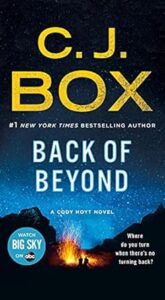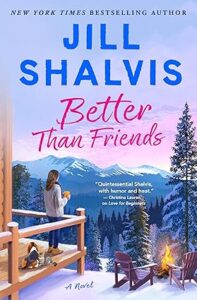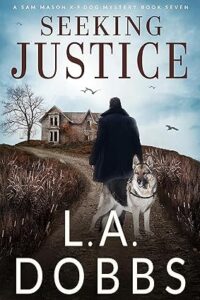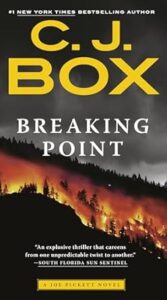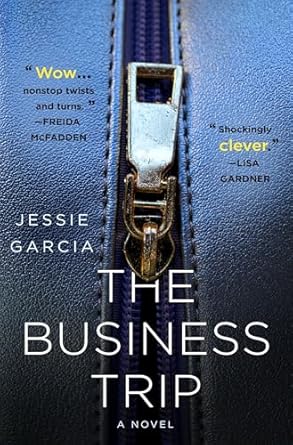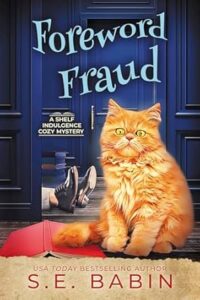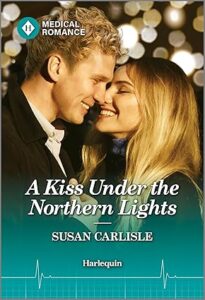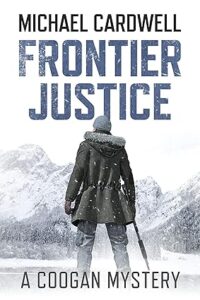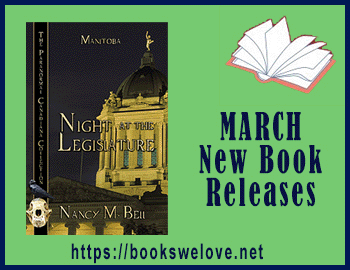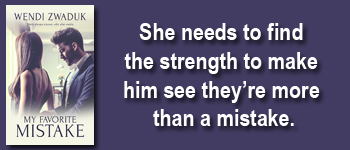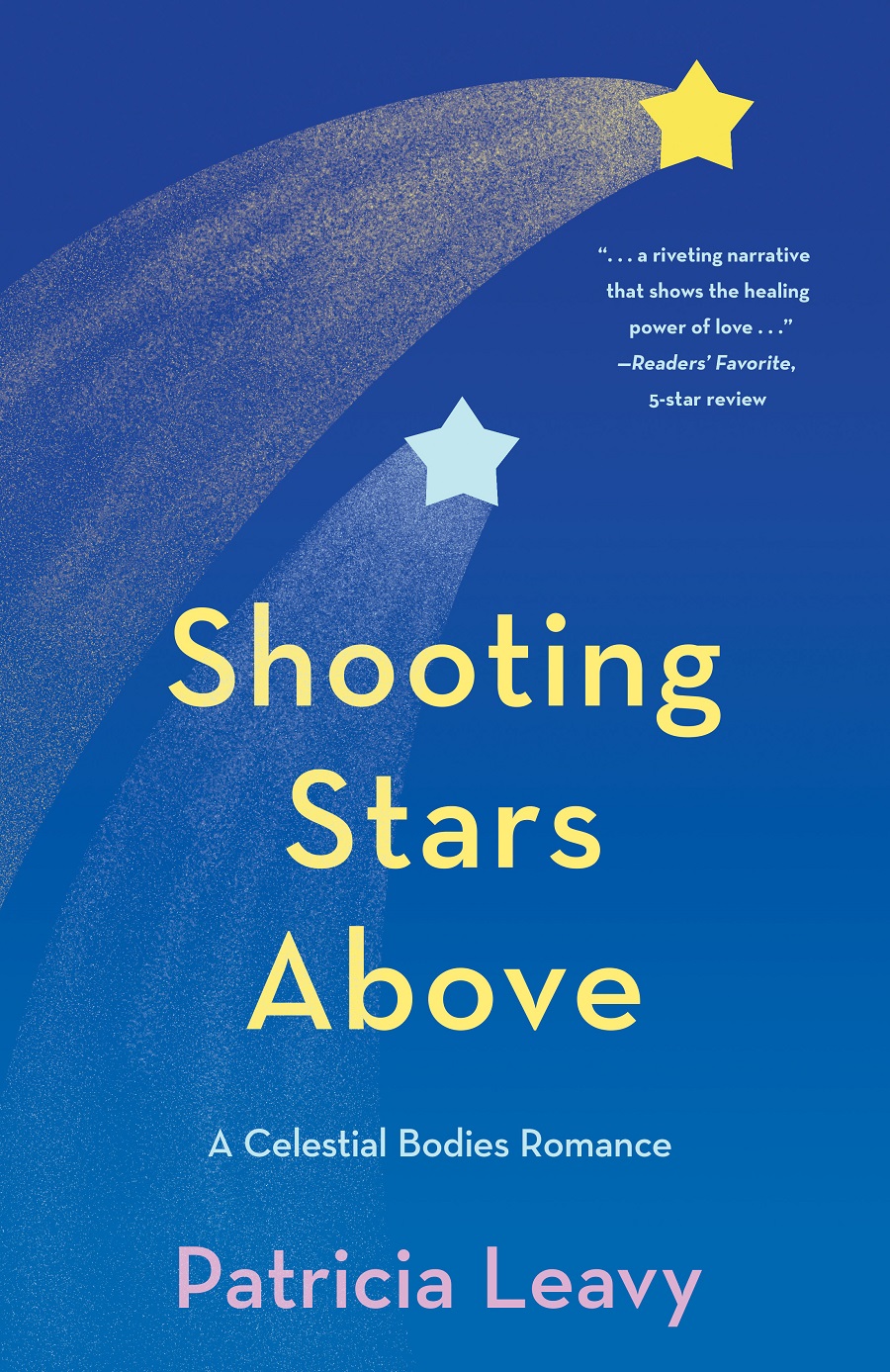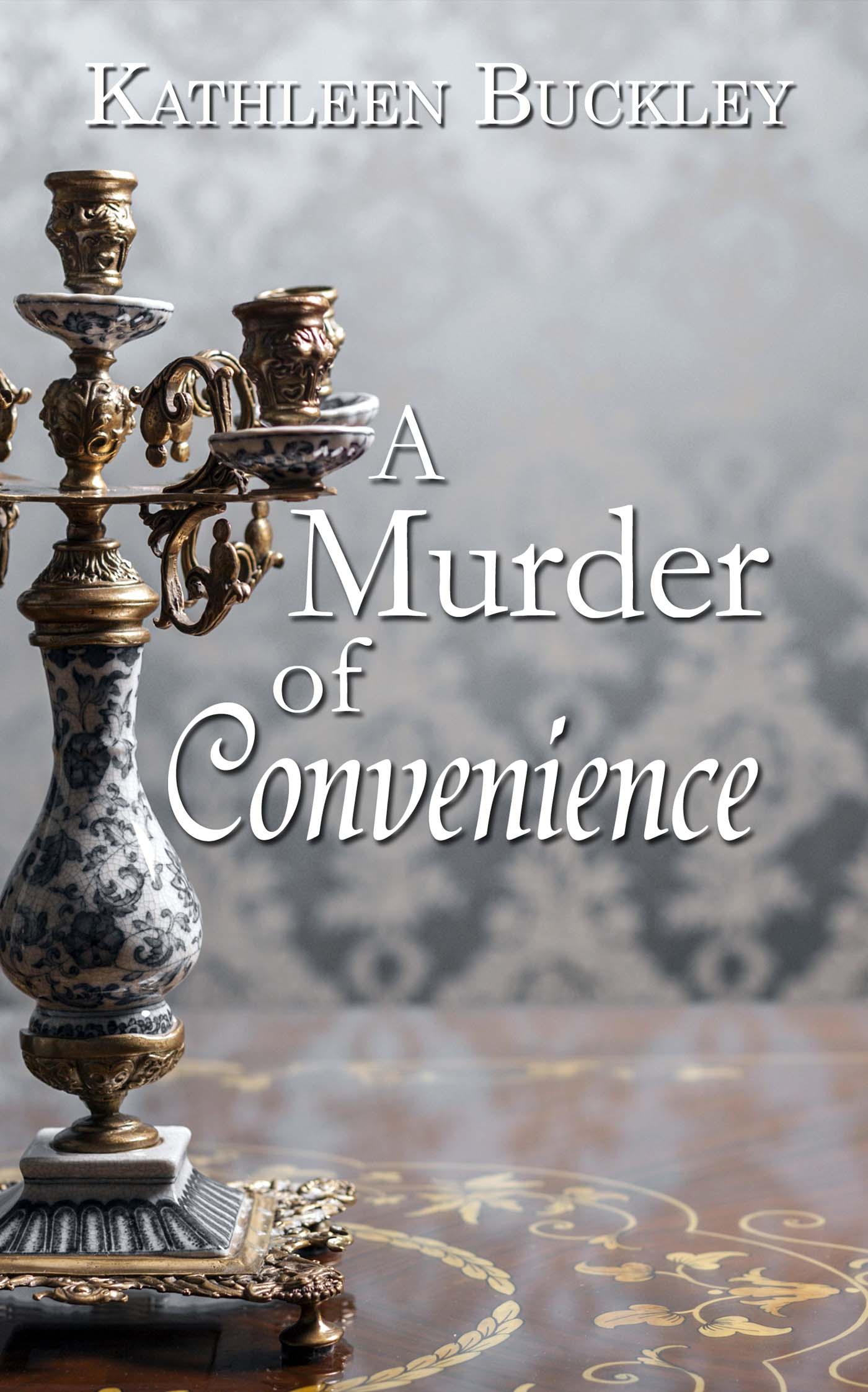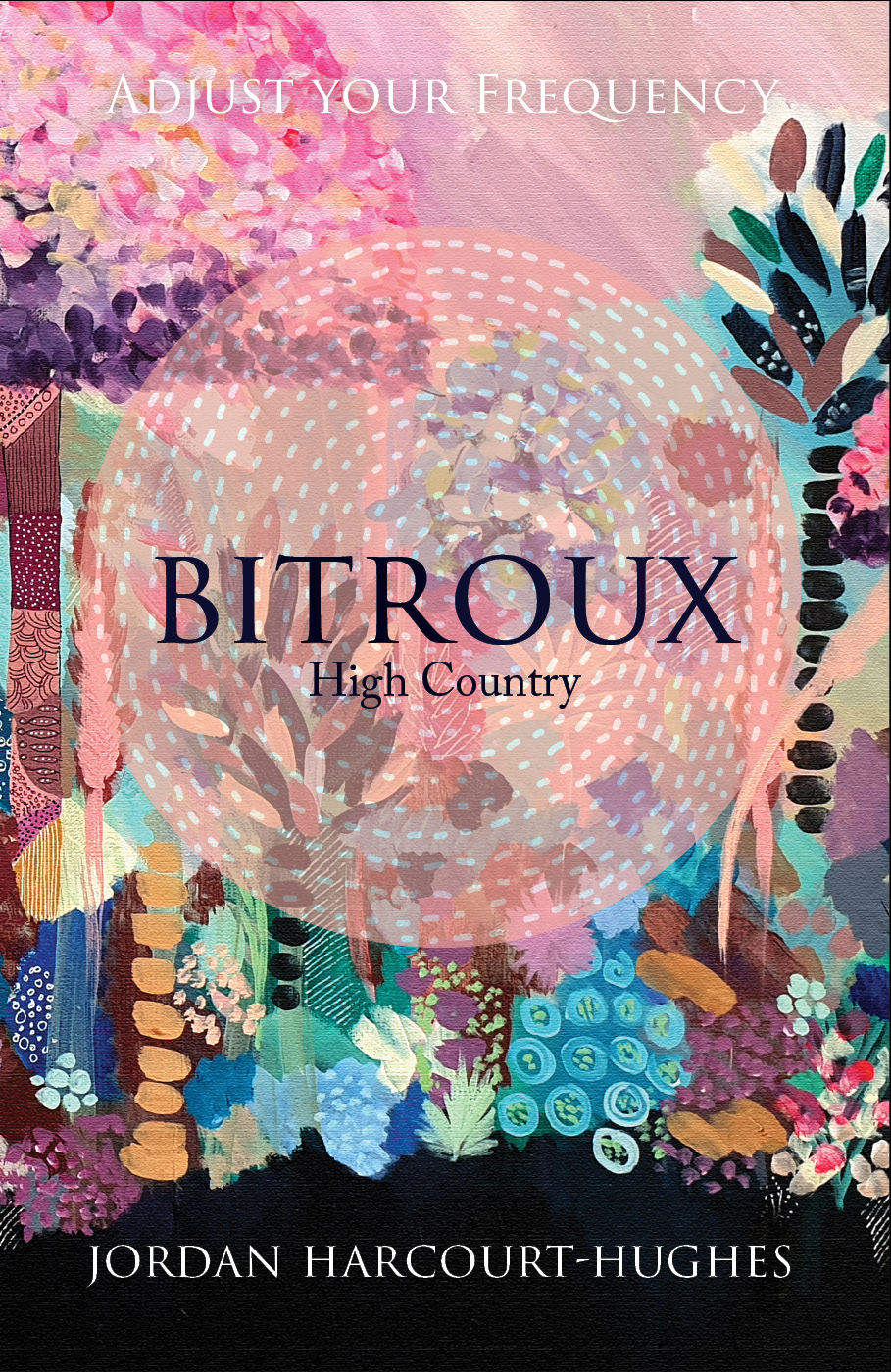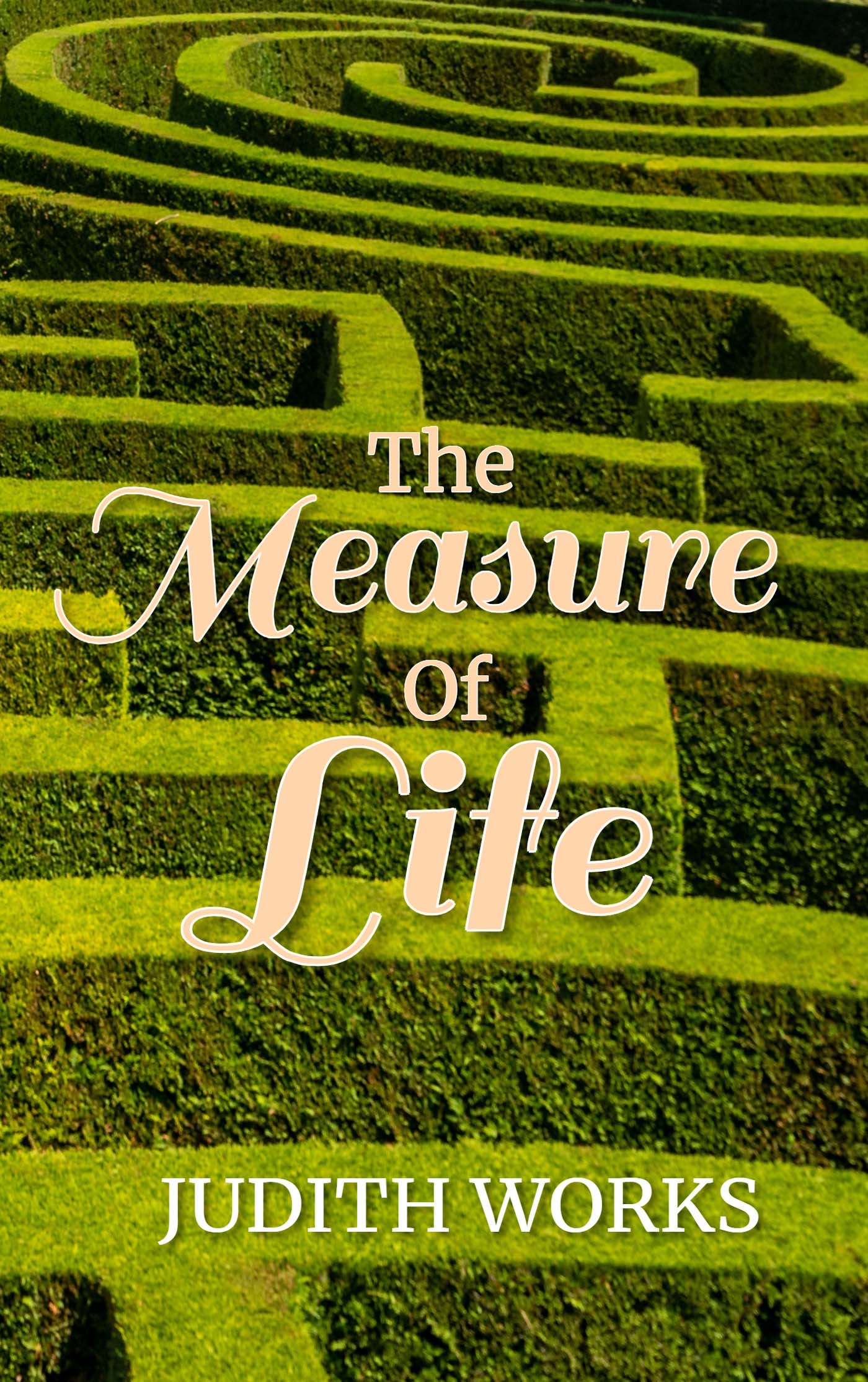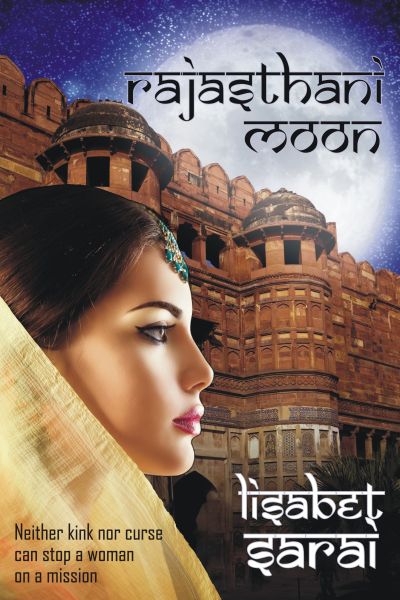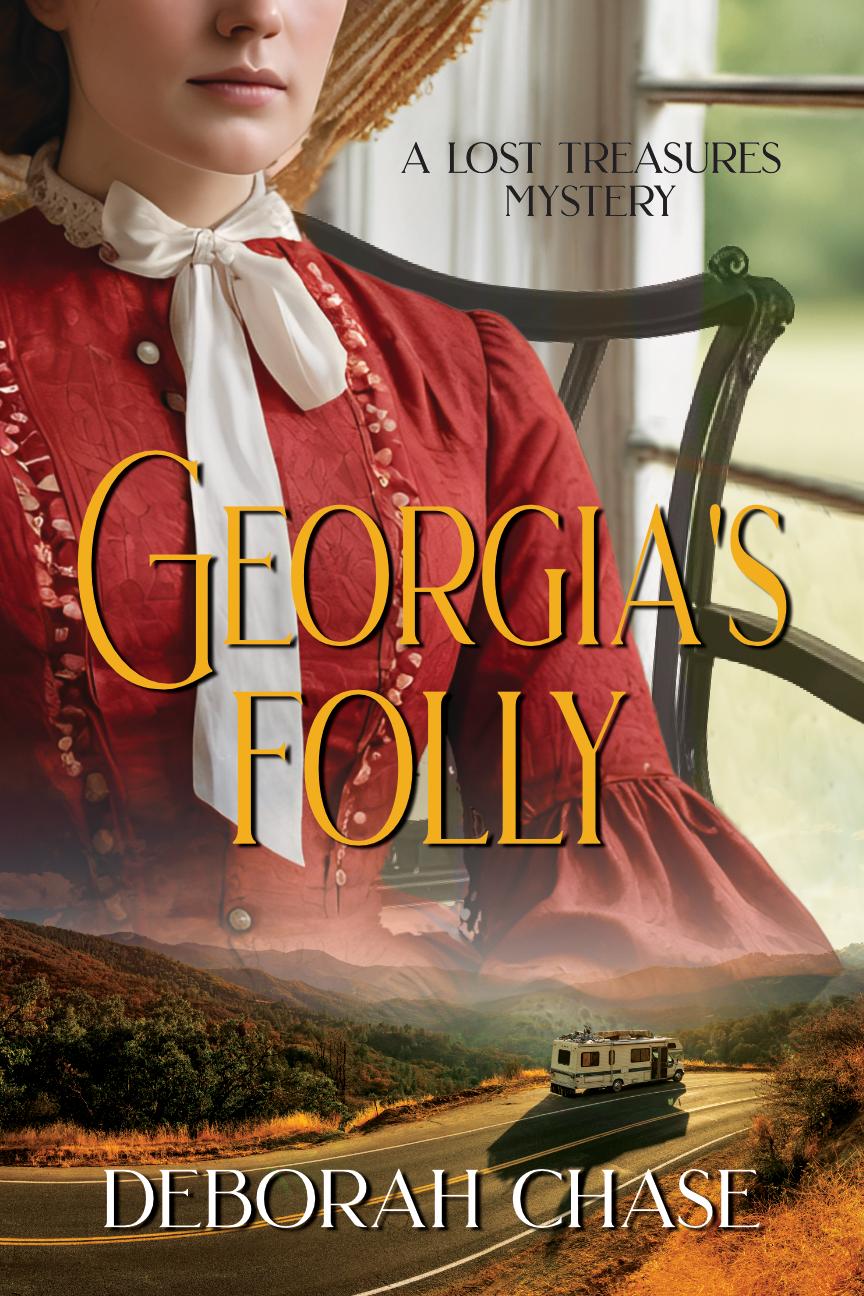Back of Beyond by C.J. Box
Publisher: Minotaur Books
Genre: Mystery/Suspense/Thriller, Contemporary
Rating: 5 stars
Reviewed by SnowdropCody Hoyt, although a brilliant cop, is an alcoholic struggling with two months of sobriety when his friend Hank Winters is found burned to death in a remote mountain cabin. At first it looks like the suicide of a man who’s fallen off the wagon, but Cody knows Hank better than that. As Cody digs deeper into the case, all roads lead to foul play. After years of bad behavior with his department, Cody is in no position to be investigating a homicide, but he will stop at nothing to find Hank’s killer.
When clues found at the scene link the murderer to an outfitter leading tourists on a multiday wilderness horseback trip into the remote corners of Yellowstone National Park—a pack trip that includes his son Justin—Cody is desperate to get on their trail and stop the killer before the group heads into the wild. In a fatal cat-and-mouse game, where it becomes apparent the murderer is somehow aware of Cody’s every move, Cody treks into the wilderness to stop a killer hell-bent on destroying the only important thing left in his life.
Back of Beyond is C.J. Box’s first book in the Cody Hoyt series. Cody is a cop with a past littered with hard liquor and a reputation as an alcoholic. But he’s a good cop and most everyone knows it. One of the people who believed in him was his AA sponsor Hank, and Hank is found dead in an old burned-out cabin. While it might look like carelessness to some, Cody knows in his heart Hank was killed.
C.J. Box has created one of his believable, interesting characters in Cody Hoyt. In every book I have read by Box, there is a character that you grow to care about and want to succeed, one that makes your heart hurt to see them struggle. He’s simply great at creating them. This series is set in Yellowstone and Cody thinks his killer is mixed in with a group that is taking a rough camping tour. A tour with plenty of dangers, but none more so than the realization that Cody’s own son is on the tour.
This is a big book. I don’t think the author ever wrote anything else. It might move a little slow occasionally, but it is worth reading every word.
